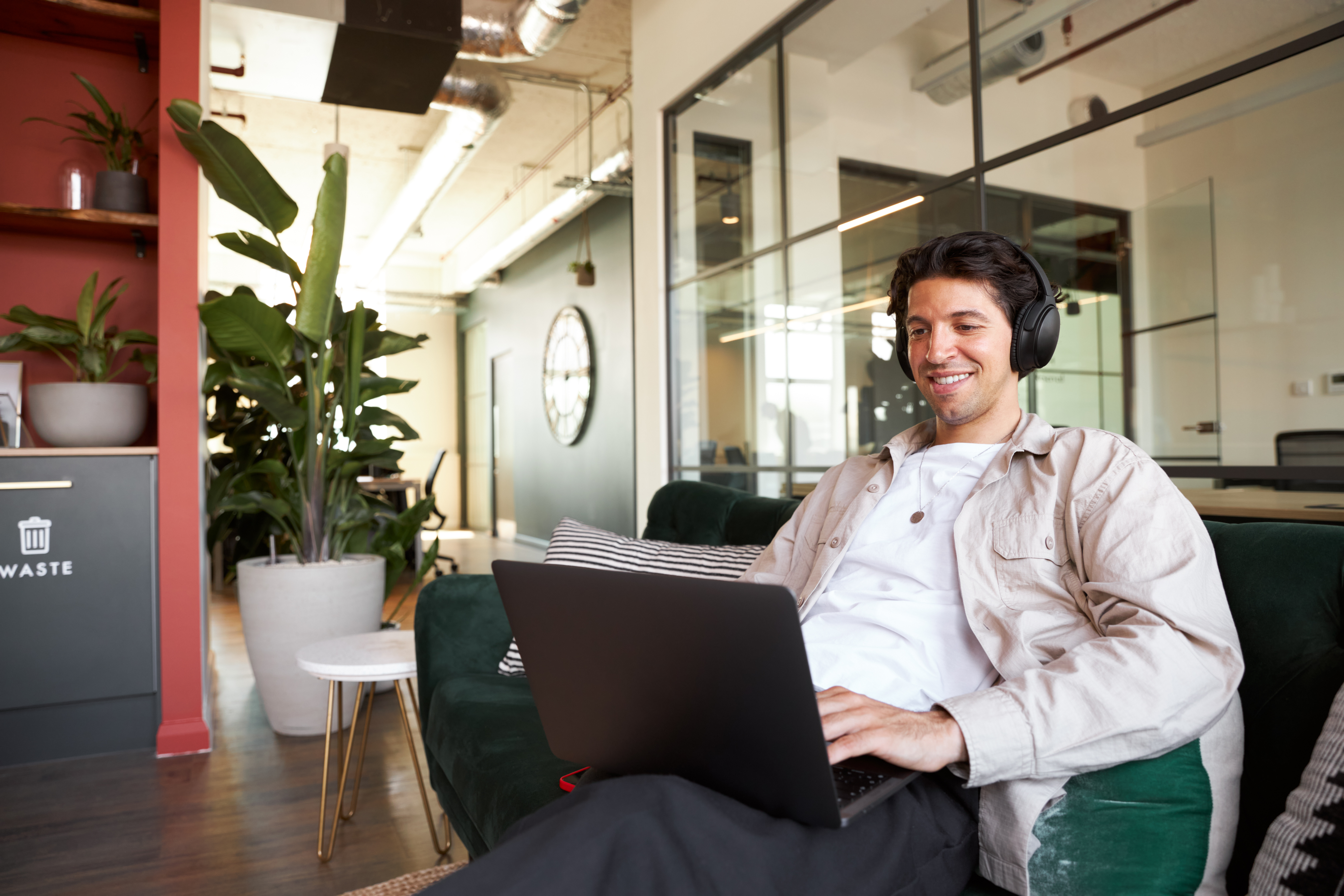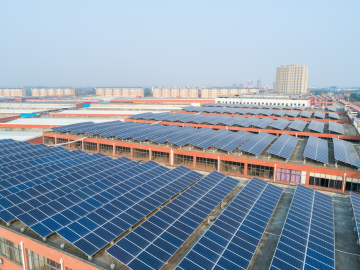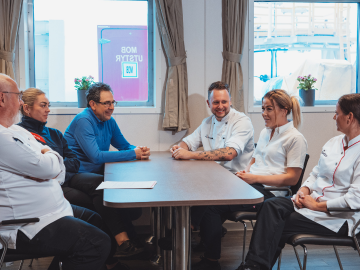Energy companies are becoming increasingly aware of how important it is to provide adaptability in their offices that support various working styles. The modern workplace is changing rapidly. The move towards remote working has challenged employers to put in the effort to engage workers, especially if trying to encourage them back into the office environment.
Why design an agile workplace?
Agility in the workplace is a set of practices focused on adaptability rather than rigid process. Agility not only increases productivity but makes it easier to respond to changes in the market and is now considered a key element of new design and refurbishment. Its implementation can be seen across all industries, including the Energy sector.
But what do agile spaces look like? Open and welcoming layouts are essential, with easy conversion to other uses. Agile workplaces encourage teams to connect, foster collaboration, and generate creativity.
Historically, office design meant people were spending most of their time at their individual desks. We're now seeing companies providing agile facilities that support any type of task. Not all activity has to be done in the same place - Workplaces need to evolve.
Gareth Thain, Technical & Projects Director Sodexo Energy & Resources
Office fit out for the Energy sector
Designing an office space isn't just about aesthetics; it's about function too. Plan large open-plan collaborative areas with a variety of desks ideal for informal meetings with colleagues or individual work. Create a relaxed atmosphere with sofas, booths, standing desks and coffee tables, at least some of which should be movable to allow for different usages or even events.
 It's important also to prepare sites for solo working and to have smaller meeting rooms. Individual desks, private rooms, or even short-term call booths are excellent for those who do not want to be distracted or simply for more privacy. Offices need to work for employees engaging in any task over the working day.
It's important also to prepare sites for solo working and to have smaller meeting rooms. Individual desks, private rooms, or even short-term call booths are excellent for those who do not want to be distracted or simply for more privacy. Offices need to work for employees engaging in any task over the working day.
While kitchens remain a stalwart of the office environment, some companies are moving towards truly flexible workplaces and choosing to partner with corporate food delivery firms and choosing to create micro-markets in their offices. The upshot is the removal of the kitchen areas while keeping the dining area which is becoming a multi-functional space. It means having meal options on self-check-out principle and food brought in for specific events.
Cutting-edge workplace design is all about streamlined space utilisation
The strategic thinking required to design and build an agile workplace inevitably impacts a business in other ways. For instance, space utilisation is a crucial metric for real estate management, and many companies are beginning to rethink the space needed to house their employees.
Optimise offices by analysing how teams interact with and leverage their workspaces, so every inch is in use. For example, when redesigning our headquarters in central London, we saw an average of 35% occupancy, but peak days left us at capacity. There was an assumption that the office was always busy but lacked meeting rooms, whereas in the new design, meeting rooms have retained the same square footage, but there are more of them. This increase and the expansion of our collaboration areas have made the office as flexible as possible.
Agility is a driving factor in attracting the best talent. Workplaces still provide that all-important touchpoint for employees to connect with company culture.
Duncan Palmer, Human Resources Director Sodexo Energy & Resources UK&I
How is technology reflected in the workspaces of 2022?

Office design has always followed trends, but what do you think the future of work looks like? Agile workplaces must look at how technology can assess current working patterns enabling user-centric technology to optimise productivity.
Technology needs to eliminate the manual processes usually associated with office work, such as check-in and desk booking. Instead, it should work intuitively and be accessible at the touch of a button.
What are some of the useful technologies that can help cultivate agile working?
- V greet guest services: A large interactive screen situated at entrances. Requiring only one simple touch, clients and visitors to the office can use this system to check-in.
- Smart lockers: Can be used to store luggage or for deliveries and operate using the same QR code sent via email that enables check-in. Charging points are available inside, meaning valuable items can be left securely.
- Smart hubs: These screens can be placed throughout the office to show a booking timetable for that specific area. They also allow users to join virtual meetings without connecting to a laptop (meaning workers can share content and still have visibility on calls).
- Sensors: Ceiling and desk sensors can measure footfall, while occupancy and environment sensors can monitor variables such as temperature and air quality. They help to gather information that provides insight into changing behaviours so factors such as staffing levels and air conditioning can be adjusted accordingly.
Sodexo’s Energy & Resources
Sodexo’s Energy & Resources are food and facilities management leaders, serving millions of people who power, supply, and transform our world.
We believe energy and mining companies deserve better service than the usual industry standard. So we’re raising the bar. It means we empower our frontline teams to be your day-to-day partners – anticipating and responding to your needs, solving your challenges, and improving our support every day.
Good enough is no longer enough. We’re committed to designing workplaces that put wellbeing at their heart, enhance the employee experience, and optimise productivity, all enabled by user-centric technology.
Find out more about Sodexo's Energy & Resources


.png?t=thumbnail360)
